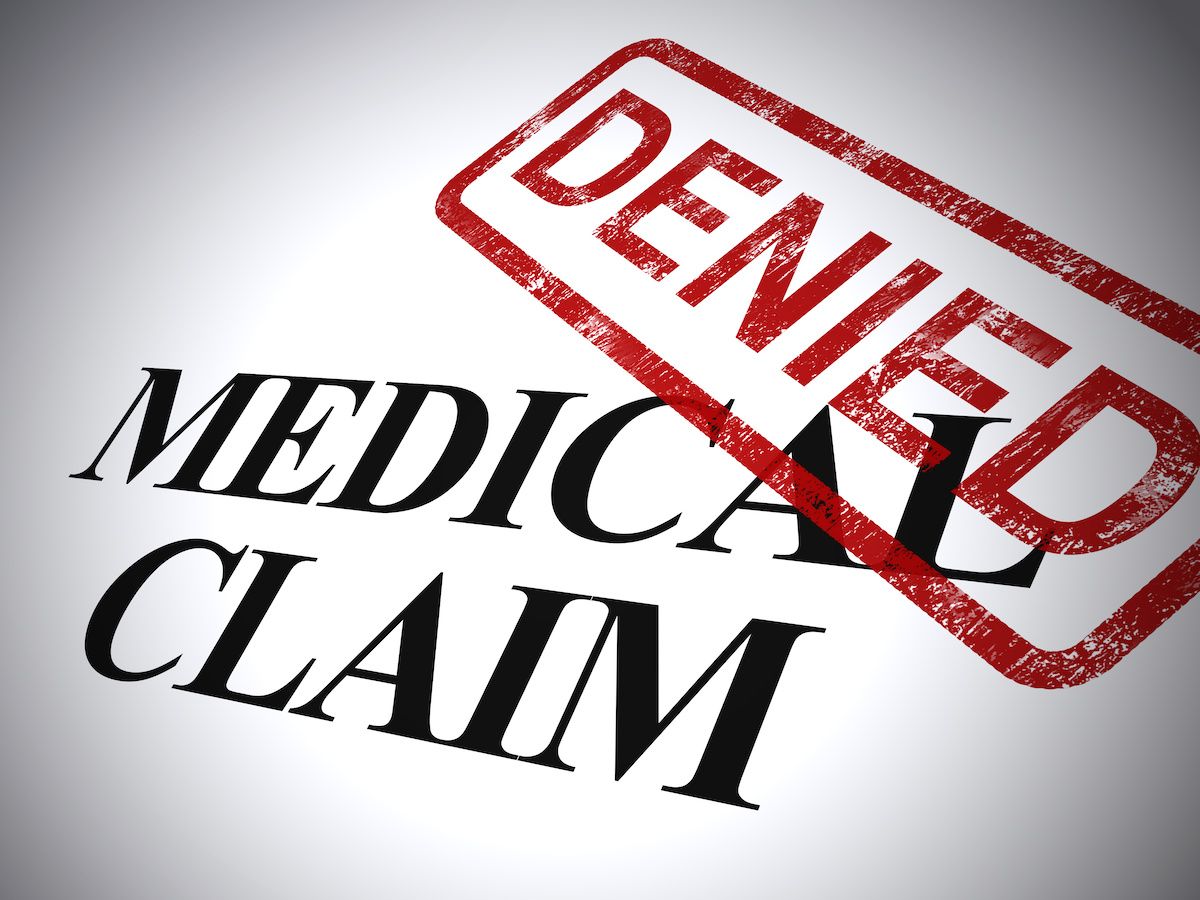News
Article
New primary care guidelines for diagnosing and treating pulmonary hypertension
Author(s):
Key Takeaways
- Pulmonary hypertension is a rare, serious condition with high mortality if untreated, often misdiagnosed due to symptom overlap with other lung diseases.
- The new guide aims to standardize PH diagnosis and treatment across the US, addressing variability in physician expertise and healthcare system complexity.
The newly released “Guidance to the Guidelines” are an effort by expert groups to improve nationwide diagnosis and treatment of the condition.
© urwa - stock.adobe.com

The American Lung Association (ALA) and Pulmonary Hypertension Association (PHA) have collaborated to release the “Guidance to the Guidelines,” a comprehensive guide meant to help primary care providers better understand pulmonary hypertension (PH). PH, while rare, is a serious condition that has a high mortality rate if left untreated. The condition, in which there is abnormally high pressure in the blood pressure between the lungs and heart, is not consistently diagnosed or treated across the United States.
“Diagnosing PH can be difficult because many of the initial signs and symptoms present like other lung diseases, such as asthma and chronic obstructive pulmonary disease (COPD). A person with PH may have other medical conditions, and the disease may be associated with a variety of cardiovascular and respiratory diseases, such as congenital heart disease, COPD or lupus,” Albert Rizzo, chief medical officer for the ALA, explained in a news release. “Managing PH often requires a multi-faceted and multidisciplinary approach, with active involvement from patients diagnosed and living with PH.”
Research has led to a more comprehensive understanding of PH in recent years, yet diagnosis and treatment of the disease still vary across the US and depending on the physician. Primary care physicians are not always subject matter experts when it comes to rare lung diseases, so they may require further guidance on symptom recognition, ordering diagnostic tests and knowing when it’s appropriate to refer patients to specialty care.
In 2022, the European Society of Cardiology (ESC) and the European Respiratory Society (ERS) assembled a taskforce with the intention of developing new ESC/ERS guidelines for diagnosing and treating PH. The guidelines were immediately put to use, helping physicians identify patients earlier and treat them more effectively. However, due to the intricacy of the guidelines and the complexity of the US health care system, alterations were required to make the guidelines more digestible to the US audience, according to an ALA release.
“PHA scientific leaders worked with [the ALA] to break down complex information about PH and diagnostic information for health care professionals who might not be as familiar with pulmonary hypertension,” said Matt Granato, president and CEO of the PHA. “We hope to see more people diagnosed when their symptoms initially arise instead of suffering for years without appropriate treatment. With earlier, accurate diagnosis, people with PH can find specialized care, targeted therapy, experience higher quality of life and live longer with PH.”
The ALA and PHA assembled a scientific roundtable of PH experts in April 2024, where they worked on flowcharts for decision-making based on current guidelines and practices. The conclusions and refinements from this roundtable discussion were compiled into the new Guidance to the Guidelines document, which is now available.
Newsletter
Stay informed and empowered with Medical Economics enewsletter, delivering expert insights, financial strategies, practice management tips and technology trends — tailored for today’s physicians.





